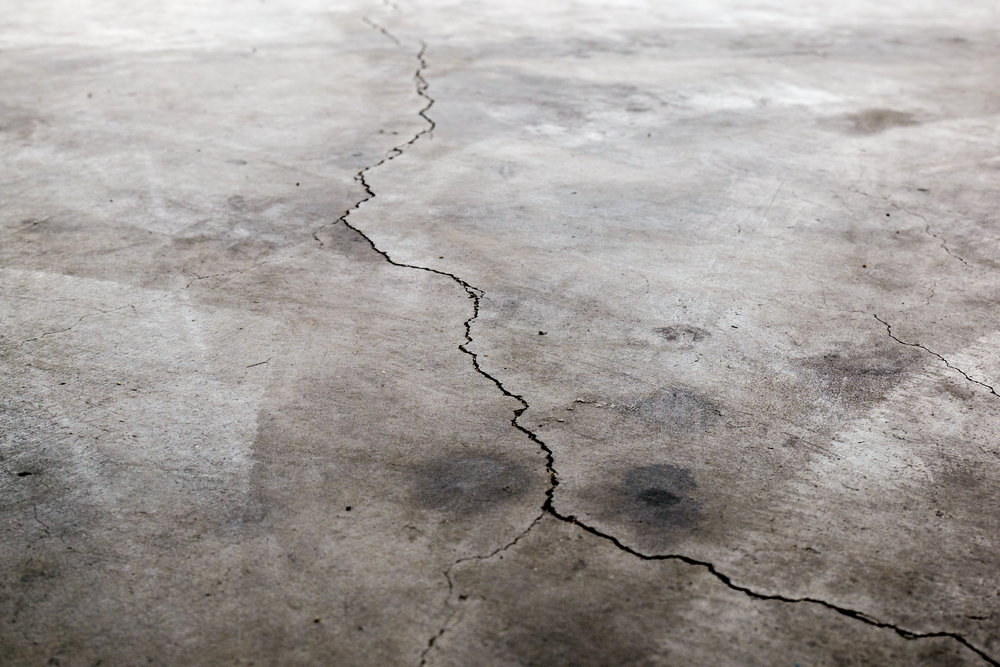
Are Spider Cracks in Concrete A Cause For Concern?
Small pattern fractures on the surface of a slab are referred to as spider cracks, but they are also sometimes called craze cracks. They are linked to an early surface drying, which results in the immediate surface contracting in a manner that is distinct from that of the underlying concrete. In most cases, crack patterns take the form of grids with sizes of approximately 2 inches. Spider cracks are extremely fine cracks that can be discovered on the top surface of a slab. The normal thickness of these crystals is less than 1/10 millimeter (0.004 inches), while the typical depth of these crystals is less than 1 millimeter (1/32 inches). It is not until the surface of a floor gets wet and begins to dry that many craze cracks become obvious to the naked eye. They do not have any effect on the functionality of a slab, other than its appearance.
Because low humidity, high air or concrete temperature, scorching sun, or any combination of these factors causes the concrete surface to dry up and crack, these conditions are frequent during placement. If concrete is cured as soon as feasible after finishing, especially on a hard-troweled floor, spider cracks can be reduced or avoided altogether. Even though a monomolecular curing substance sprayed on by a flooring contractor isn’t as effective as curing in moisture, it can nonetheless do the job. Crazing can also be minimized by using a stiffer, drier mixture. In order to hide minor cracks and imperfections in outside slabs, it is best to apply a broomed finish with minimal working or troweling.
The shrinking of the concrete can cause a variety of flaws, spider cracks being just one of them. Drying shrinkage cracks and plastic shrinkage cracks are two others. Plastic shrinkage cracking is a type of concrete shrinkage that develops while the concrete is still plastic, usually during the finishing stages of the slab. Due to drying, the surface has developed larger, more widely spaced fissures as the moisture has evaporated. Fogging can limit evaporation, and synthetic fibers can assist prevent plastic from shrinking and cracking.
After the slab has dried, drying shrinkage cracks might appear because of the absence of moisture in the concrete’s matrix. Use mixtures with a lower water-cement ratio to reduce drying shrinkage cracks. Joints 2 1/2 to 3 times the slab’s thickness in inches in width are used to prevent cracks caused by drying shrinkage (so 15 to 18 feet apart for a 6-inch slab).
Is it possible to treat spider cracks or craze cracks after the fact? The answer is, there is no urgent need to treat them. Spider cracks are not usually fixed because it does not degrade. Unfortunately, crazing can become more noticeable after being treated with a sealer or surface hardener. A thin overlay is essentially the only option if the owner wants to repair crazing. Your best bet is to call in a concrete expert like The Concrete, Etc to take a look at the spider cracks and give you their professional opinion.

